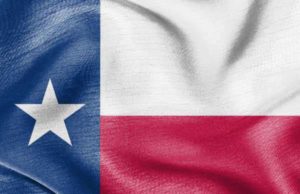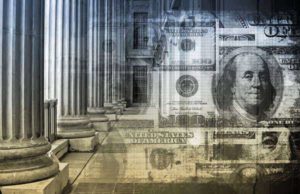Census Record Overview

US Census Population surveys produce records for through the functions carried out by the US Census Bureau. Archived census records can be accessed through the functions of the National Archives, with the applicable information being located online at the particular source of the www.archives.gov/genealogy/census/ webpage.
In this way, government-provided and verified data on the US census population can be accessed, not directly through the National Archives’ website, but rather to the physical facilities as are maintained by the National Archives and used to contain past census data, among other kinds of data.
Census records which pertain specifically to people who are no longer alive tend to be sought after as ways to learn about the family background of oneself, or of other people, as may be the case for historians and graduate students, and in this way can be referred to the online-accessible scans of microfilm catalogs maintained of such census records from the past.
Census data as pertains to the present can be referred to directly online and through the offices of the US Census Bureau, which maintains a site online at the address www.census.gov. Within this larger site, people can secure access to the informational source of the Statistical Abstract of the United States, a publication dating back to 1878 and kept updated after every new US census population survey.
The Statistical Abstract, which collects current census records, in addition to other governmentally-gathered data, allows people access to professionally issued statistics and interpretations based on up-to-date census data.



































